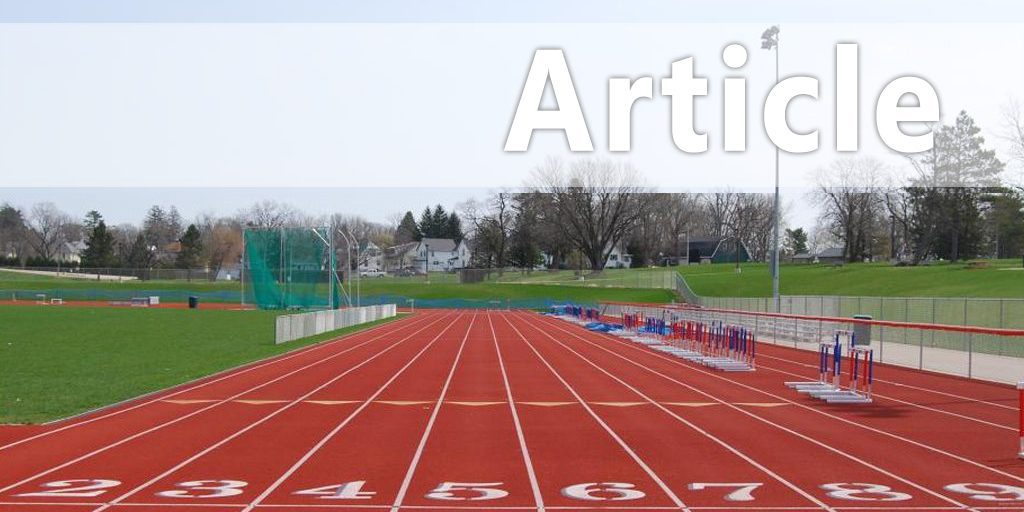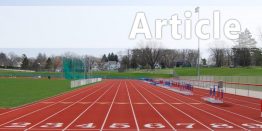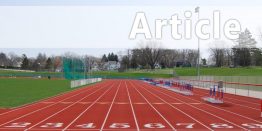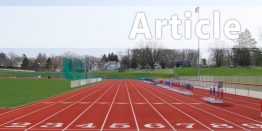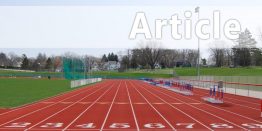|
Exercises for Female Track Athletes By: Michael Vaughn Provided By - Stack.com
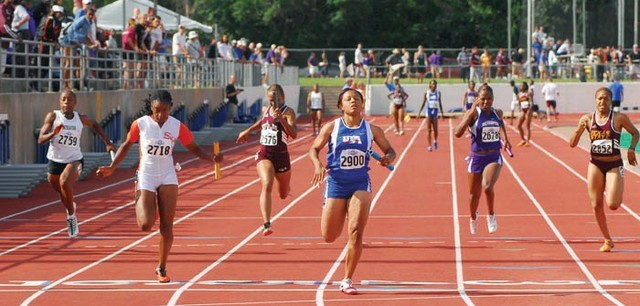 If you want to perform like a Ferrari, don't train like a mini-van. Yet that's what coaches who implement broad, sweeping training plans for their track teams are doing to their athletes, especially the females. The key to proper training? Implement a plan that capitalizes on the similarities between events in track & field while also respecting their differences. The activities involved in track & field are primarily anaerobic, with some intervals of aerobic work. An athlete must be trained to handle the metabolic demands of her individual event. For example, a 100m sprinter should train differently than a 400m or 800m runner. The 100m athlete must rely more on strength, while the 400m or 800m runners must rely more on their aerobic energy systems. Not only does this change their body compositions, it also requires them to recruit different muscle fibers for different events. A common issue for nearly all female track athletes is knee problems. The female anatomy does not respond well to loads placed on the joints of the lower body. Thus, female trackletes must work harder to strengthen their hamstrings, glutes, quadriceps, calves and ankles. Women must also emphasize structural and core exercises that develop closed-kinetic (feet on the ground) loading of the spine and joints of the lower extremities. This will cause increases in musculature, bone mineral density, and tendon and ligament strength in the hips, knees, and ankles. Below is a sample workout for female track & field athletes that will help them improve their performance and prevent injuries. Monday Wednesday (Pull Day) Friday (Push/Pull) Before the workout, perform a thorough warm-up routine that emphasizes hip mobility and engages the major muscle groups recruited in track—like the glutes, hamstrings and quads. You may substitute other exercises that will increase rate of force development during certain phases of the training year (e.g., max strength, explosive strength, and speed strength phases). The exercises may include but are not limited to the Push Press, Squat to Press and Clean and Jerk. |
|
|
